Harnessing the Ocean’s Bounty
Seaweed has emerged as a transformative superfood, rich in vitamins, minerals, and bioactive compounds that cater directly to the demands of health aficionados. Venturing into seaweed cultivation marries agronomic science with marine ecology, inviting entrepreneurs to steward ocean ecosystems while reaping lucrative returns. This narrative embarks on the voyage of establishing a thriving seaweed enterprise, weaving together the arcane vernacular of phycology with grounded commercial strategies. Health enthusiasts crave depth—spectra of iodine, fucoxanthin, and polyphenols—ingredients that bolster thyroid function, accelerate metabolism, and attenuate oxidative stress. For an expert readership, mastering the meticulous choreography of seedling propagation, nutrient monitoring, and sustainable harvesting is paramount. In the forthcoming passages, we traverse the labyrinth of species selection, site appraisal, nutrient profiling, quality assurance, post-harvest logistics, and market penetration—all calibrated to optimize yield and maximize consumer appeal.
Deciphering Species Selection
Choosing the ideal seaweed taxa underpins both nutritional density and agrarian viability. Brown algae such as Undaria pinnatifida (wakame) and Sargassum fusiforme (hijiki) are replete with fucoidans and polyphenolic antioxidants. Meanwhile, red algae like Porphyra umbilicalis (nori) offer concentrated B-vitamin matrices and protein. Green algae—principally Ulva lactuca (sea lettuce)—yield substantial chlorophyll and soluble fibers. Evaluate thermal tolerance, salinity range, and growth kinetics: wakame thrives in temperate waters (10–20 °C), whereas nori prefers cooler climes (8–15 °C). Conduct pilot germination trials in mesocosms to assess sporophyte proliferation under variable photoperiods. Record specific growth rates (SGR) with fortnightly length and biomass measurements. Deploy rare botanical descriptors—stenothermic, euryhaline—to articulate environmental plasticity. This expert-level taxonomy ensures cultivar resilience, minimizes fungicidal interventions, and elevates your farm’s credibility among discerning customers.
Site Appraisal and Environmental Diagnostics
A site’s biophysical parameters dictate cultivation success. Ideal locales exhibit minimal current velocity (0.1–0.5 m/s) to prevent frond abrasion while ensuring nutrient flux. Water depth between 2 and 5 meters optimizes light penetration for photosynthesis. Prioritize zones with low turbidity; deploy Secchi disks to quantify clarity in centimeters. Utilize portable multiparameter sondes to measure pH (target 7.8–8.2), dissolved oxygen (≥6 mg/L), and nitrate-phosphate ratios. Test for heavy metals—cadmium, lead, mercury—via ICP-MS sampling to safeguard purity. Employ UTM geo-referencing to map out cultivation grids and designate buffer zones around shipping lanes. Engage with marine ecologists to conduct benthic baseline surveys, ensuring your farm coexists harmoniously with seagrass meadows and coral reefs. This environmental diligence not only fortifies your ethical standing but also preemptively addresses regulatory compliance, crucial for export certification under HACCP and EU Organic standards.
Infrastructure Blueprint and Farm Architecture
Designing an efficient seaweed farm demands rigour in structural engineering and material science. Common systems include long-line, net-raft, and rack-and-pole installations. Long-line arrays utilize polypropylene ropes suspended by HDPE floats at the surface, with anchors and counterweights maintaining tension. Net-raft systems offer modularity; polyethylene nets woven into rectangular platforms permit easy expansion. Rack-and-pole methods, suited to shallow intertidal zones, involve bamboo or PVC poles supporting inoculum lines. Account for biofouling by integrating detachable spacer clips and selecting corrosion-resistant alloys. Incorporate automated winch systems for seasonal line retrieval, reducing manual labor. For offshore ventures, consider semi-submersible platforms anchored by suction piles, enabling deeper cultivation beyond 10 meters. Allocate space for hatchery facilities to produce gametophytes and juvenile sporophytes under controlled illumination (PAR: 50–100 µmol/m²/s). Architect your site layout with ingress and egress lanes for vessels, and designate a post-harvest processing building equipped with solar dryers and cold storage to preserve biochemical integrity.
Nutrient Profiling and Quality Assurance
To market seaweed as a superfood, rigorous nutrient analysis is non-negotiable. Establish partnerships with accredited laboratories to conduct proximate composition assays: determine moisture, crude protein, lipid fractions, ash content, and carbohydrates via AOAC methods. Use HPLC to quantify carotenoids (β-carotene, lutein), polyphenols, and anthocyanins. Gas chromatography–mass spectrometry (GC-MS) profiles fatty acid methyl esters (FAME), highlighting omega-3 eicosapentaenoic acid (EPA) presence. Monitor levels of antinutrients such as phytic acid and polyphenol oxidase activity, optimizing blanching protocols to mitigate enzyme-induced browning. Maintain traceability through blockchain ledgering, documenting every harvest batch’s GPS coordinates, sampling results, and processing logs. This transparency fosters consumer trust and satisfies the ingredient sourcing demands of nutraceutical manufacturers and artisanal chefs alike.
Harvesting Techniques and Post-Harvest Logistics
Harvest timing dramatically influences nutrient profiles. For laminarians, peak fucoidan concentration often occurs during late autumn; nori exhibits maximal protein content in early summer. Harvest using sanitized shears or mechanized trimmers to excise 70–80% of frond biomass, allowing regeneration. Immediately transfer biomass to insulated containers submerged in seawater to minimize thermal shock. Engage mobile mobile cold-storage units proximate to the farm to initiate chiller pre-cooling to 4 °C within two hours. Employ belt dryers for gentle dehydration, maintaining temperatures below 50 °C to preserve heat-sensitive vitamins and phytonutrients. Alternatively, solar-dehydration tunnels with semi-transparent panels can reduce energy expenditure. Once moisture content reaches ≤10%, mill into flakes or powders under nitrogen to prevent oxidation. Package under modified atmosphere packaging (MAP) with oxygen absorbers. Label with QR codes linking to nutrient certificates and harvest metadata for full traceable provenance.
Crafting a Compelling Brand Narrative
Health enthusiasts gravitate towards authenticity and story-driven brands. Forge a narrative that intertwines coastal stewardship, ancestral maritime traditions, and cutting-edge phycological science. Showcase how your seaweed farm regenerates nutrients in nutrient-depleted waters, fostering circular economies. Highlight collaborations with local fishing communities, providing alternative livelihoods and bolstering social license. Utilize evocative terminology—“biomarine alchemy,” “phycobilin synergy,” “tidal terroir”—to craft poetic yet precise messaging. Develop a distinctive logo inspired by fractal kelp patterns, and articulate your sustainability commitments via an annual impact report. Engage on social media through microscopic timelapse visuals of cell division in your photobioreactors, captivating expert audiences while reinforcing your domain authority.
Market Segmentation and Sales Channels
Successful commercialization necessitates targeted outreach. Segment your audience into wellness influencers, biohackers, plant-based chefs, and nutraceutical formulators. For direct-to-consumer (DTC) sales, develop an e-commerce platform with subscription tiers—monthly superfine powder shipments, recipe kits, or artisanal seaweed crisps. Leverage SEO strategies around keywords such as “iodine powerhouse” and “marine supergreens.” Collaborate with health coaches and registered dietitians to co-create content, maximizing credibility. For B2B, attend trade expos like Vitafoods Europe and Natural Products Expo West to pitch to supplement brands and functional food manufacturers. Offer white-label partnerships, providing custom-blended seaweed extracts—e.g., a high-fucoidan formula for joint support. Negotiate contracts with premium retailers and health-food chains, ensuring product placement near adaptogenic mushrooms and organic matcha.
Scaling Operations and Ensuring Sustainability
As demand escalates, expand capacity without compromising ecosystem integrity. Integrate polyculture systems by co-cultivating shellfish—mussels or oysters—which filter particulates and reduce biofouling on lines. Explore integrated multi-trophic aquaculture (IMTA) to recycle waste streams as nutrients, enhancing circularity. Adopt remote sensing via drones equipped with multispectral cameras to gauge crop health indices—NDVI adapted for marine vegetation. Implement AI-driven growth models using time-series data to forecast yield and optimize harvesting windows. For energy efficiency, retrofit onshore facilities with photovoltaic arrays and anaerobic digesters that convert residual biomass into biogas. Pursue certifications such as B Corp and Fair for Life to demonstrate environmental and social performance, opening doors to impact investors and green financing.
Illuminating a Success Story Sea Dreams Farm
Sea Dreams Farm, a pioneer in Wakame cultivation off the coast of South Java, exemplifies these principles. Founded by marine biologist Dr. Ratna Suryani, the operation began with four hatchery tanks producing juvenile sporophytes. By year three, yield soared to 120 metric tons annually. Strategic partnerships with local fishermen provided security during monsoon season and facilitated knowledge exchange. Sea Dreams introduced a “Crystal Kelp Elixir,” a cold-extracted liquid supplement that captured nationwide attention after clinical trials demonstrated a 15% increase in antioxidant capacity among test subjects. Leveraging this case study, they secured contracts with two major nutraceutical brands and scaled their production infrastructure by incorporating modular long-line arrays. Their story underscores the potent synergy of rigorous science, community integration, and brand storytelling.
Future Trends and Innovations
The frontier of seaweed cultivation bristles with innovation. Genetic editing tools like CRISPR-Cas9 promise to enhance biomass productivity and nutrient density. Bioreactor technologies are evolving to incorporate three-dimensional scaffoldings, enabling vertical seaweed farming in urban waterfronts. Researchers are exploring the untapped potential of invasive species—such as Sargassum muticum—to transform ecological liabilities into commercial assets. Advances in enzymatic hydrolysis could yield bioactive peptides with anti-inflammatory and neuroprotective properties. On the commercial front, tokenized carbon credits for seaweed farms—given their carbon sequestration capabilities—may open ancillary revenue streams. Staying abreast of these developments positions cultivators at the vanguard of marine agritech.
Expert Tips and Tricks for Mastery
-
Use Rare Seedstock Source genetic variants from well-documented repositories to reduce susceptibility to disease.
-
Rotate Cultivation Zones Mitigate epiphytic overgrowth by alternating lines across different currents and depths seasonally.
-
Optimize Photoperiod In hatcheries, simulate lunar cycles to trigger reproductive stages, maximizing spore yield.
-
Monitor Epiphytic Load Employ benthic stickers to quantify fouling organisms and schedule biofouling management.
-
Refine Drying Protocols Test convective vs. vacuum drying; vacuum drying often preserves volatile compounds more effectively.
-
Leverage AI Forecasts Integrate satellite-derived chlorophyll-a data into your growth models to anticipate bloom declines.
-
Forge Research Collaborations Partner with universities to validate health claims through peer-reviewed studies.
-
Embrace Circularity Convert processing residuals into biofertilizers for adjacent agricultural plots, closing the nutrient loop.
-
Diversify Product Formats From powders to encapsulated extracts, expand offerings to penetrate varied market segments.
-
Cultivate Community Engagement Host on-site tours and workshops; experiential marketing deepens customer loyalty and brand resonance.
Embracing these multifaceted strategies enables entrepreneurs to craft a seaweed enterprise that resonates with health-conscious consumers, elevates marine stewardship, and flourishes as a resilient, future-ready agritech venture.
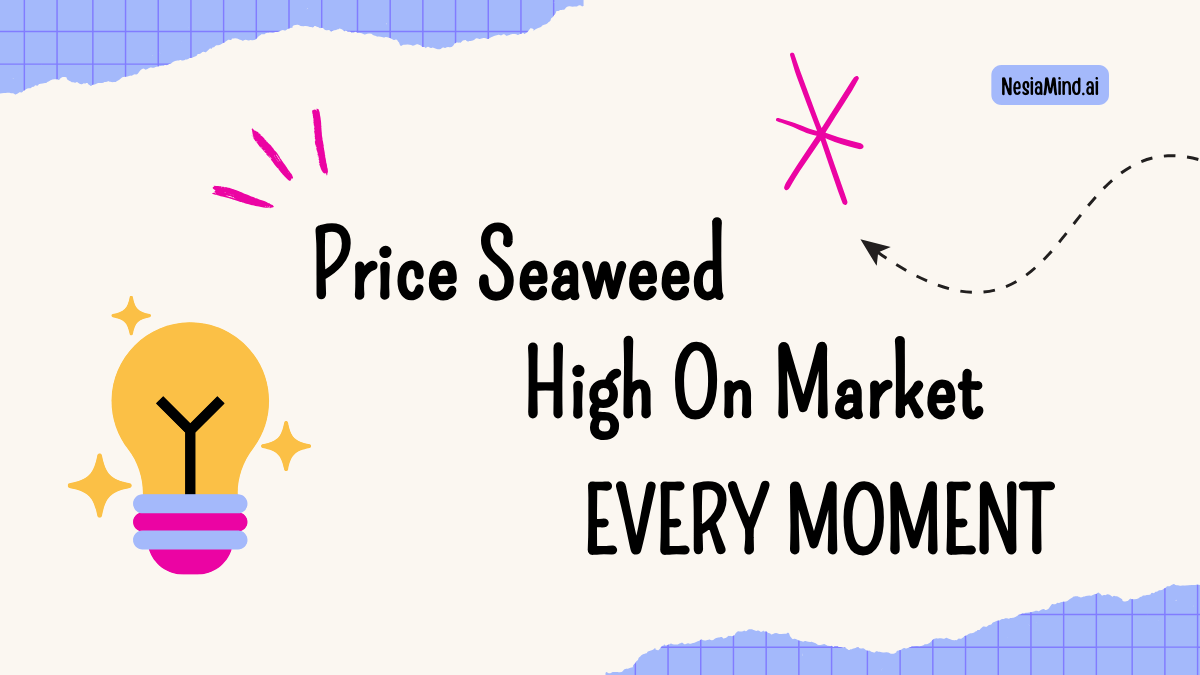

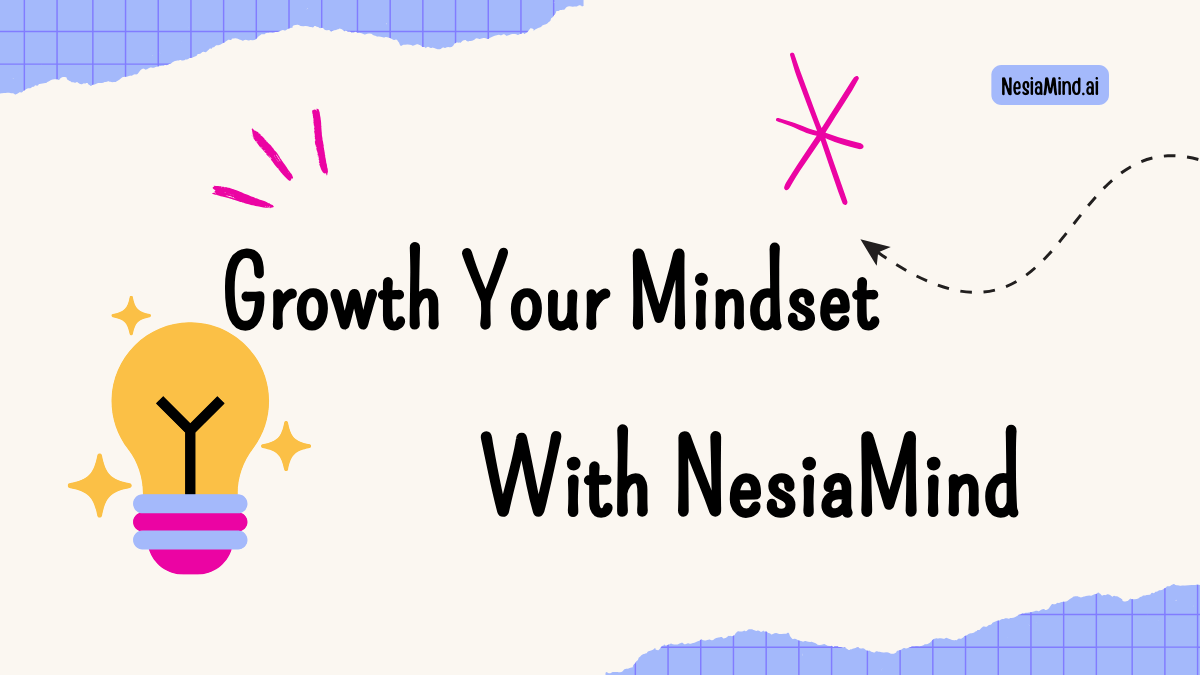
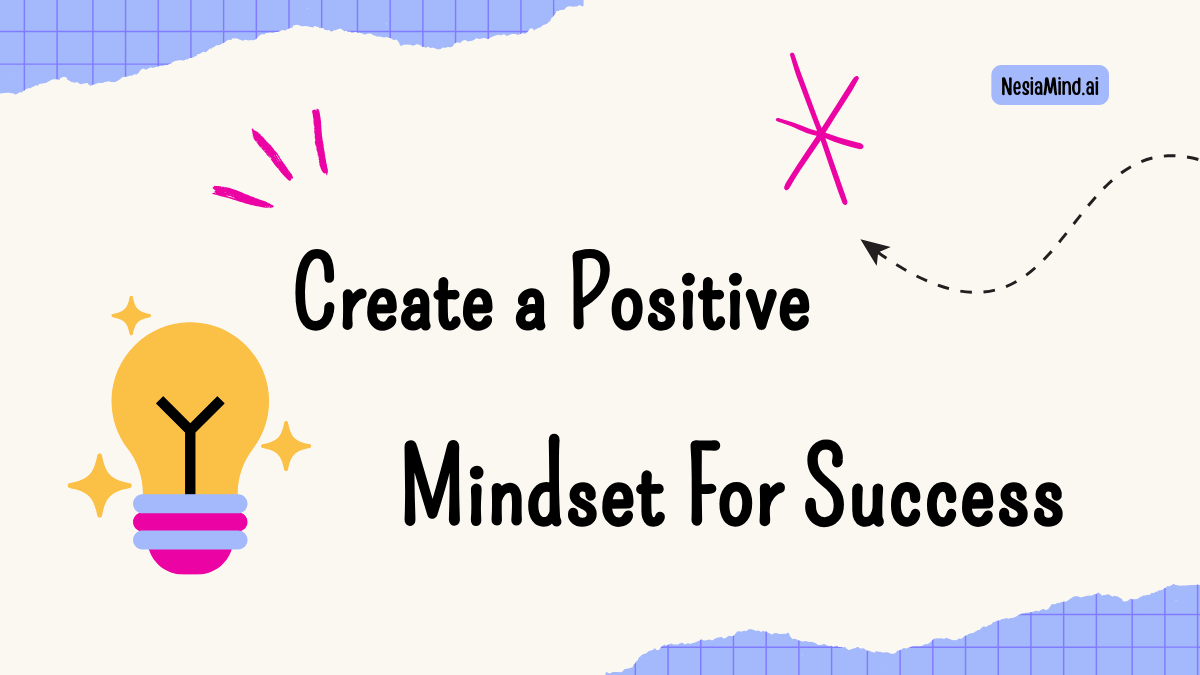

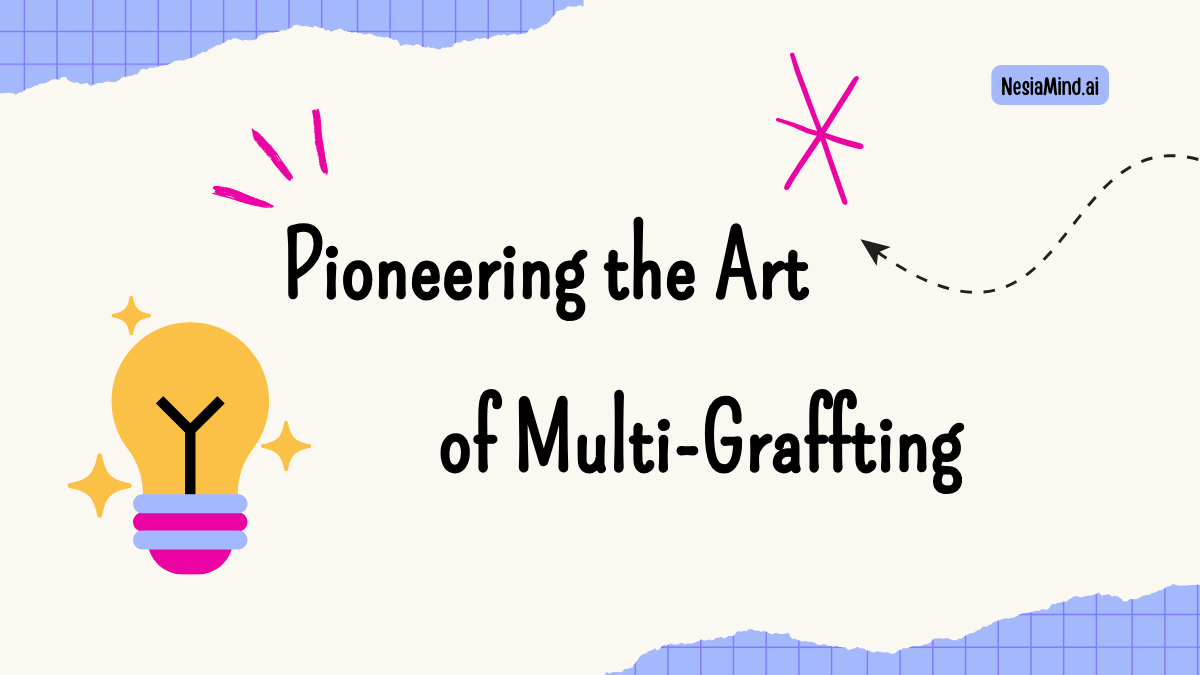
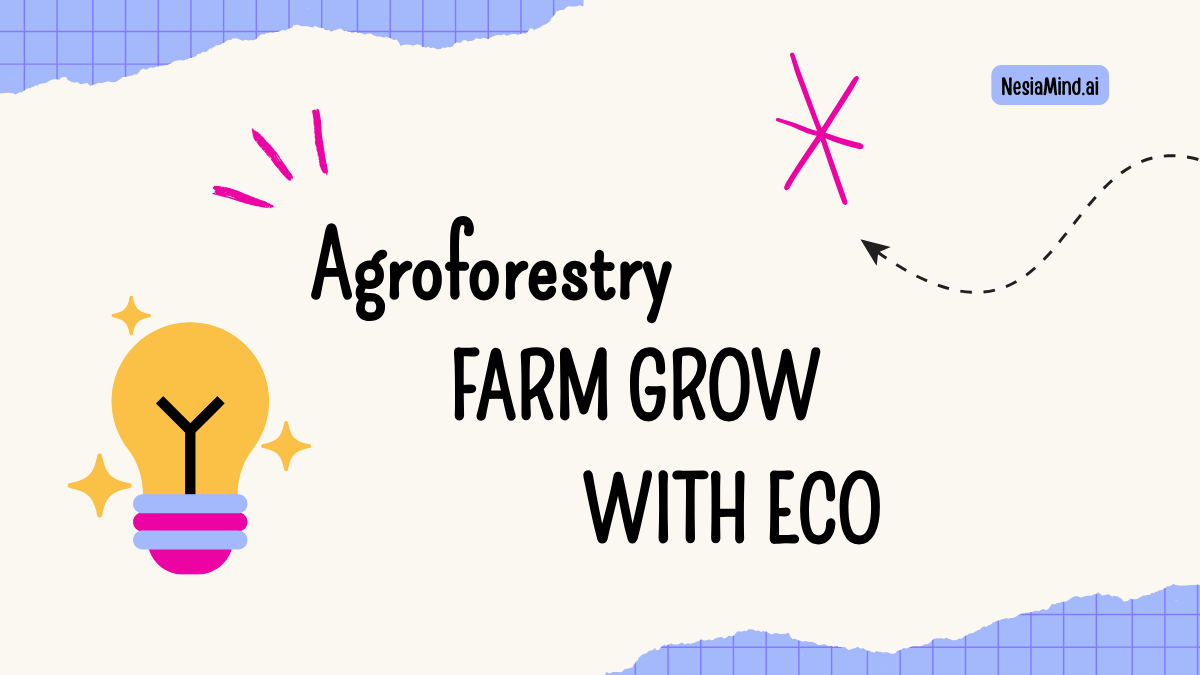
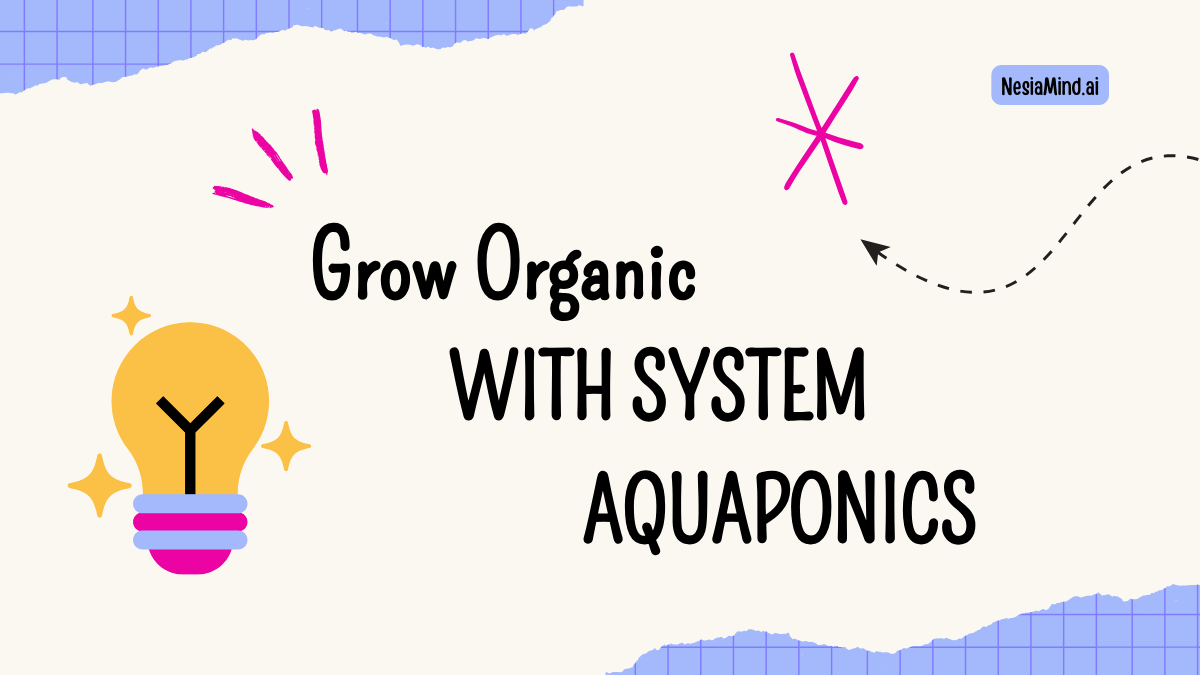
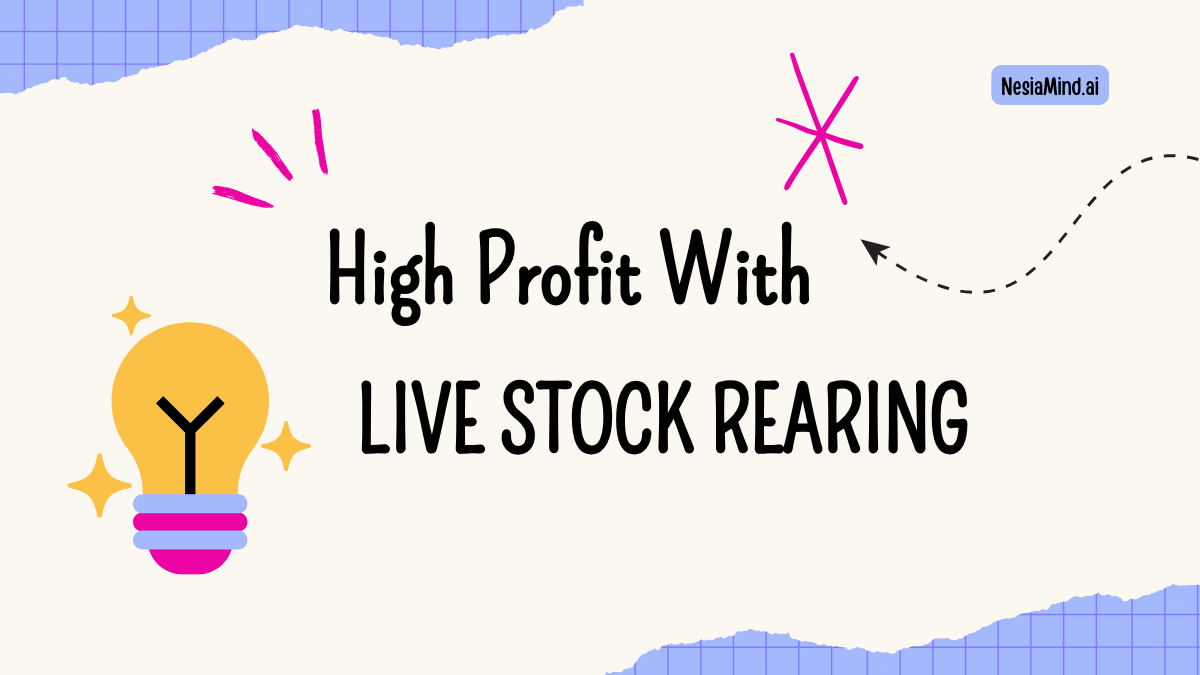
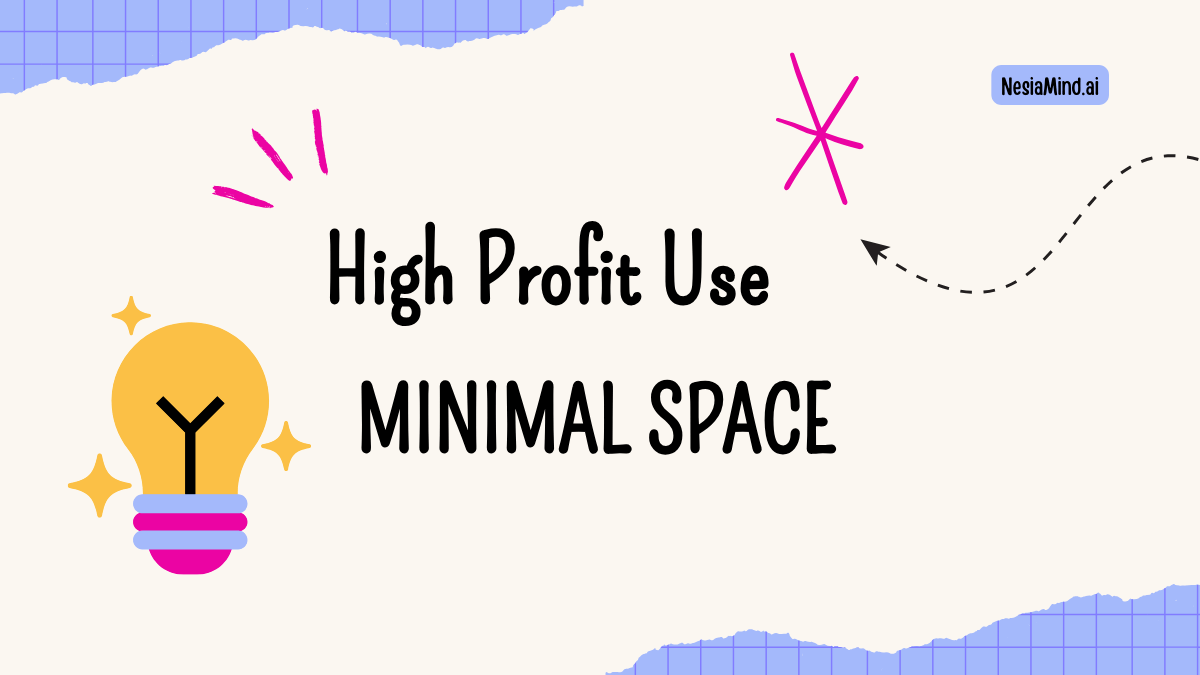
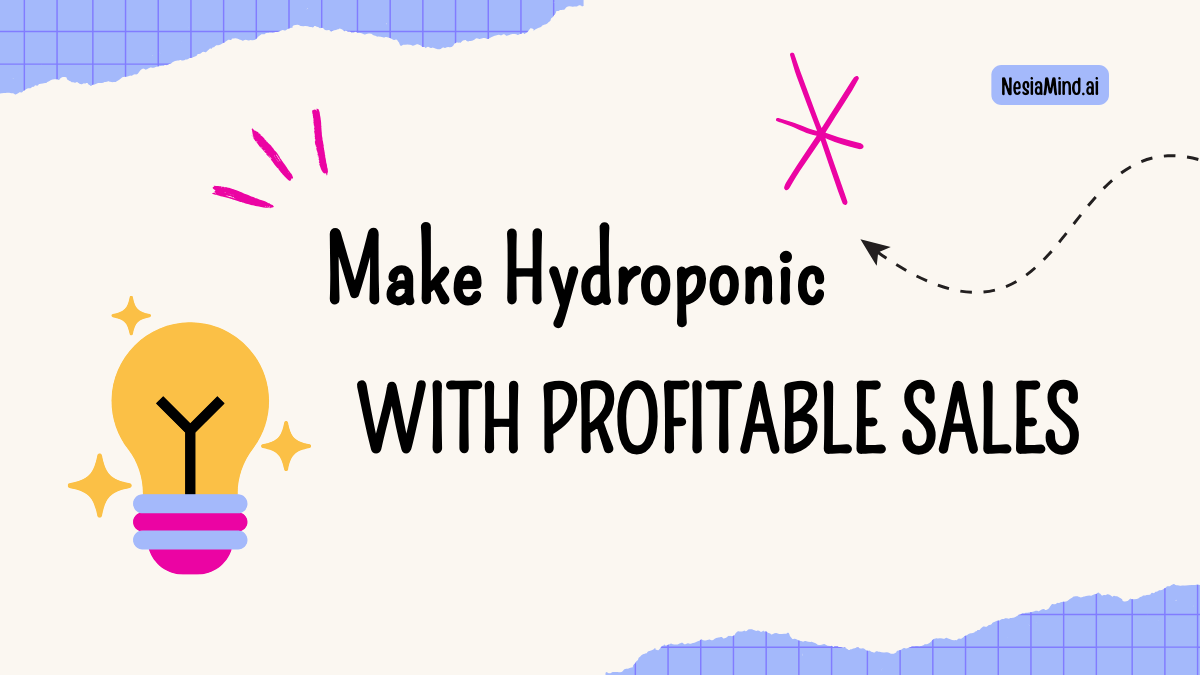
Leave a Reply